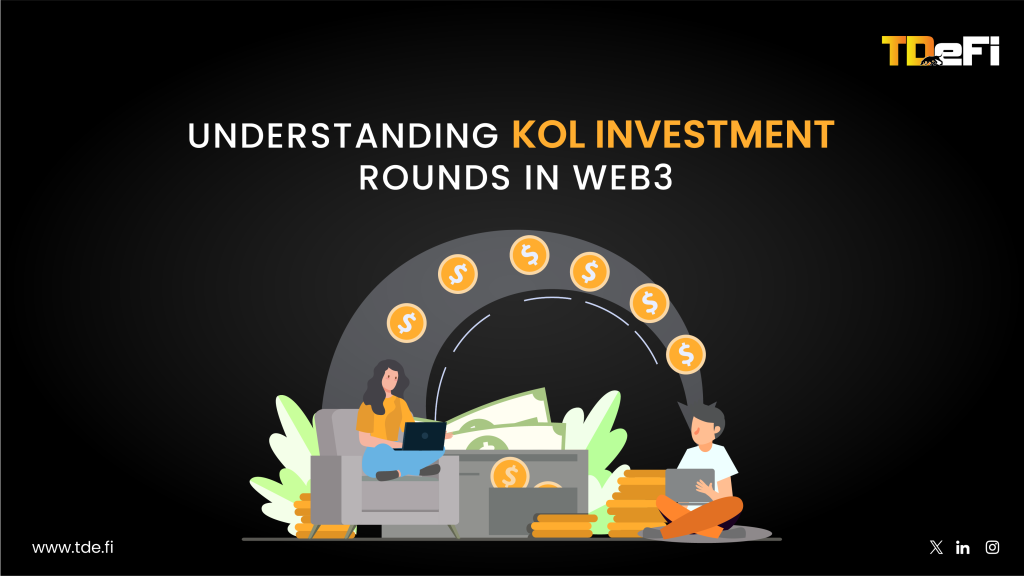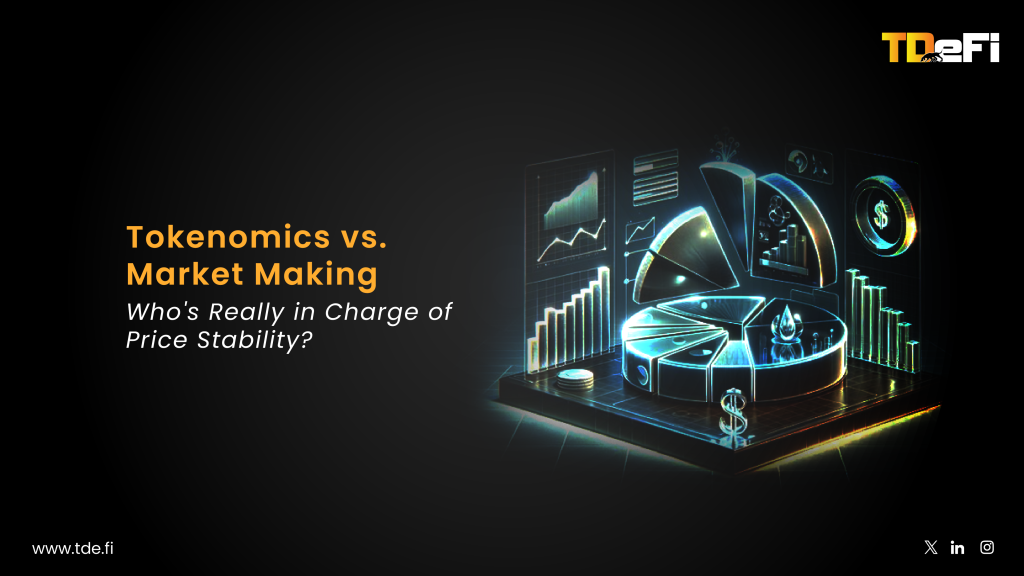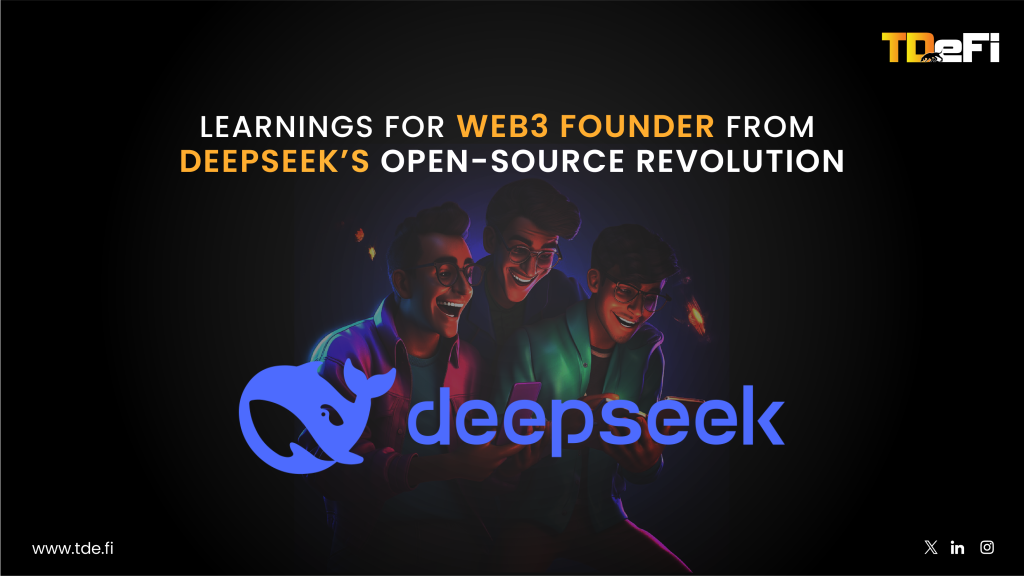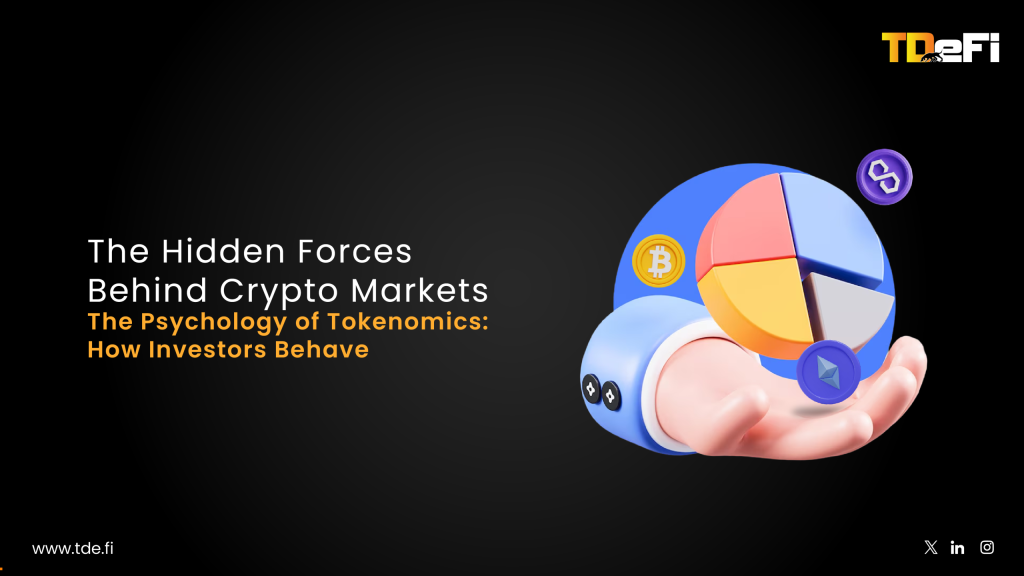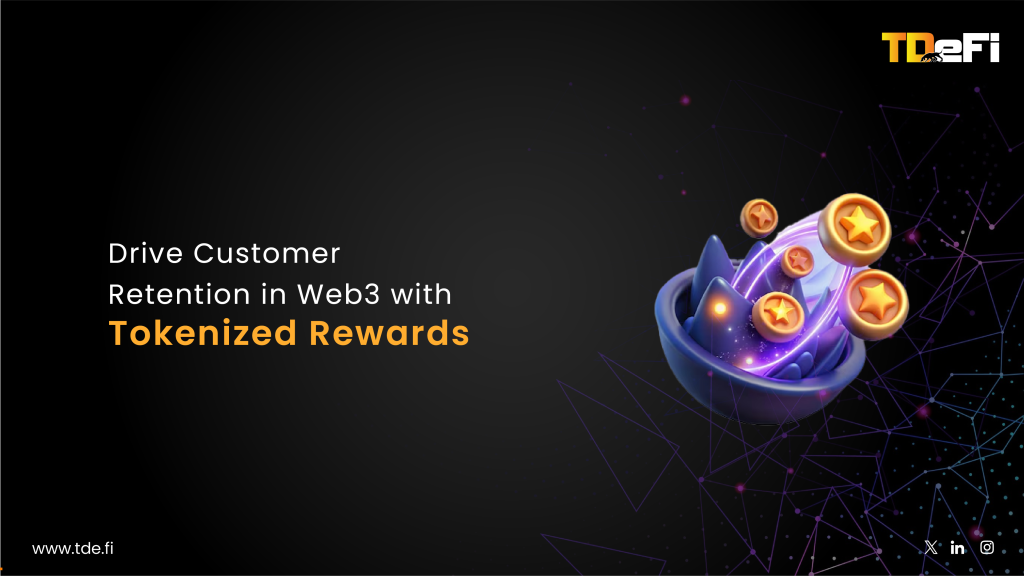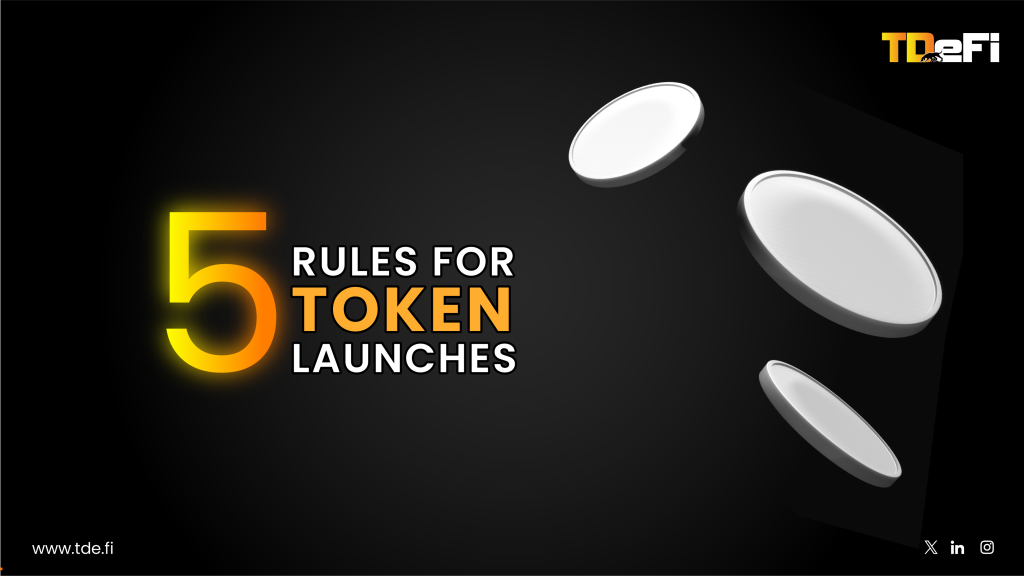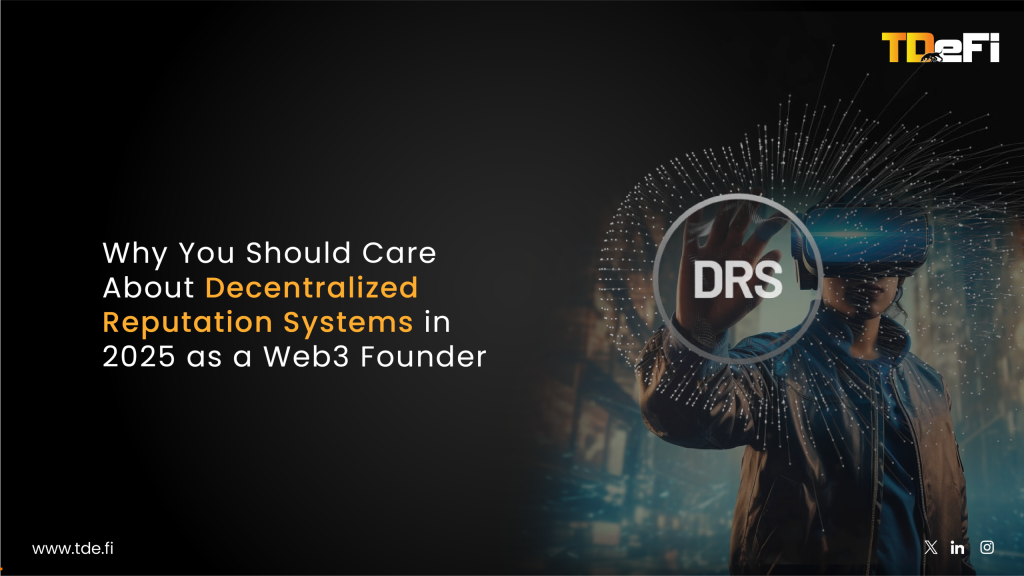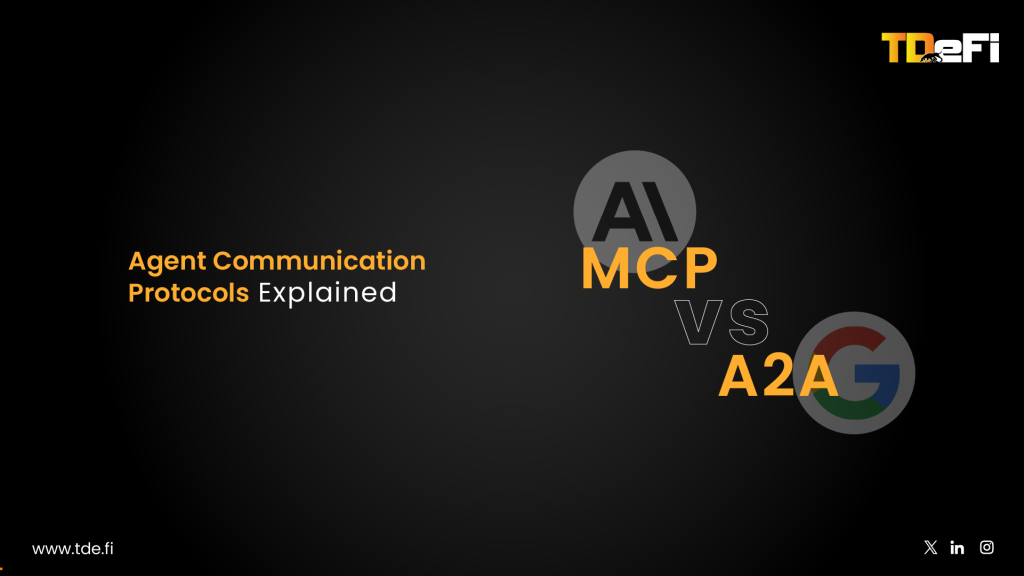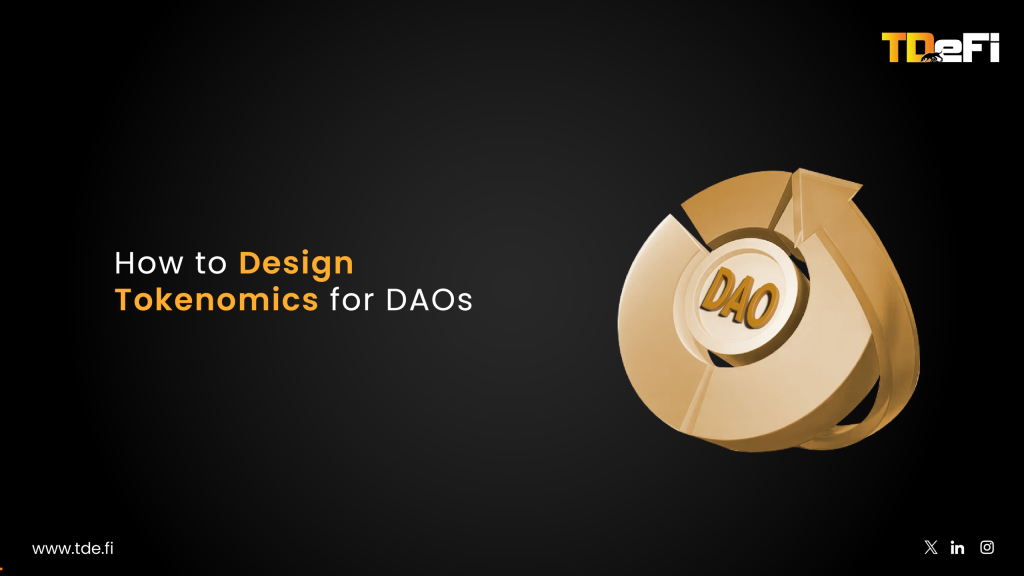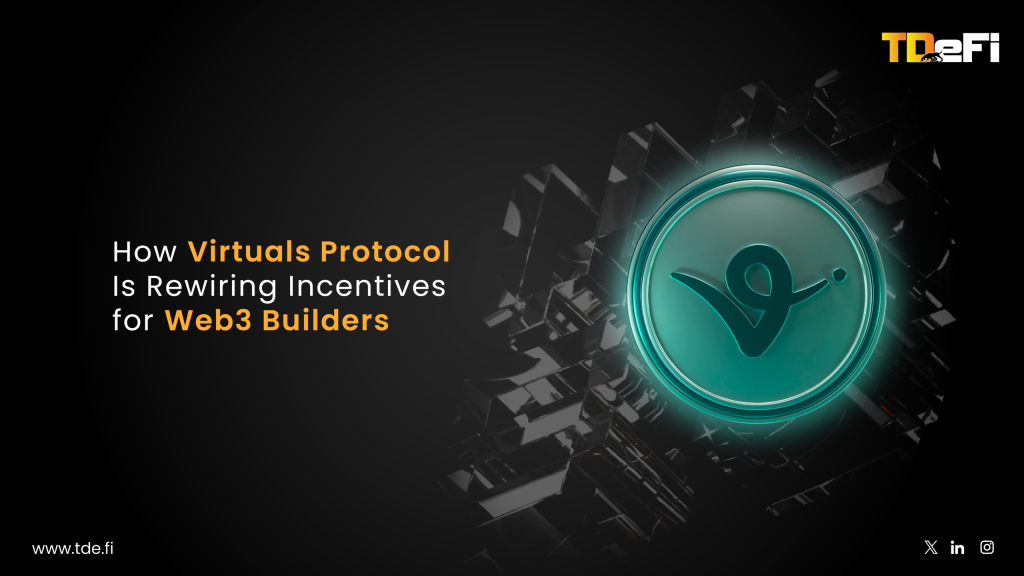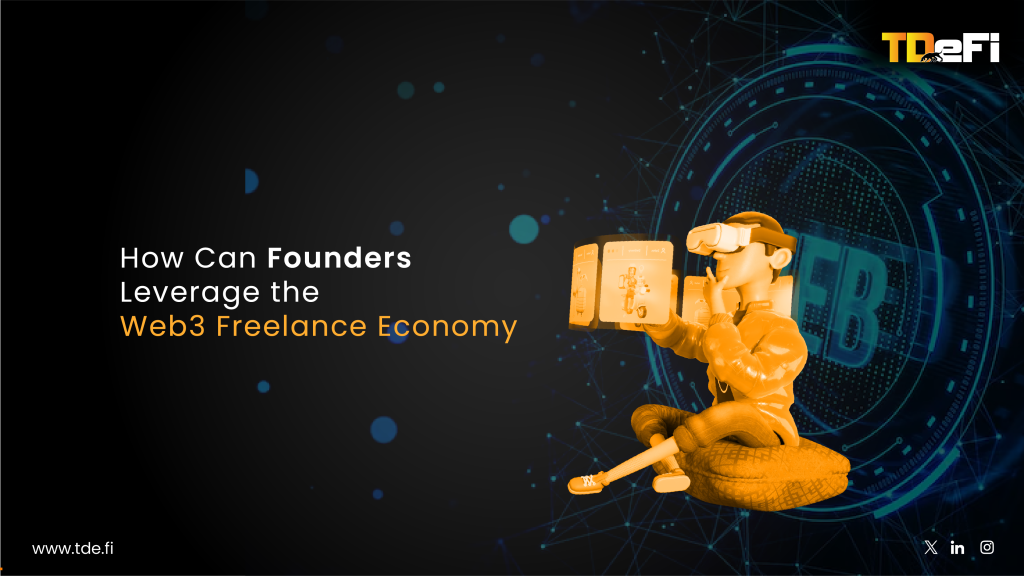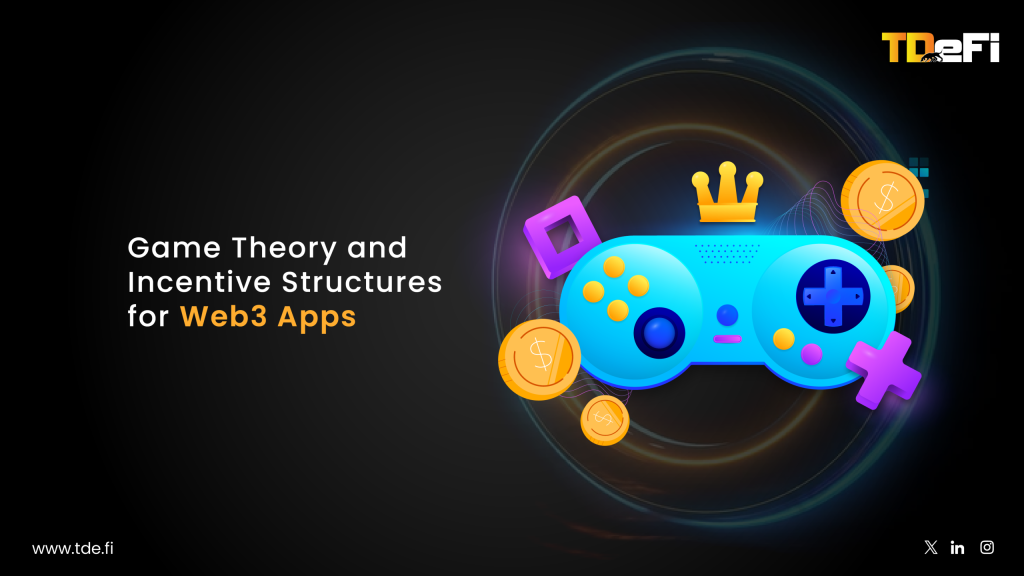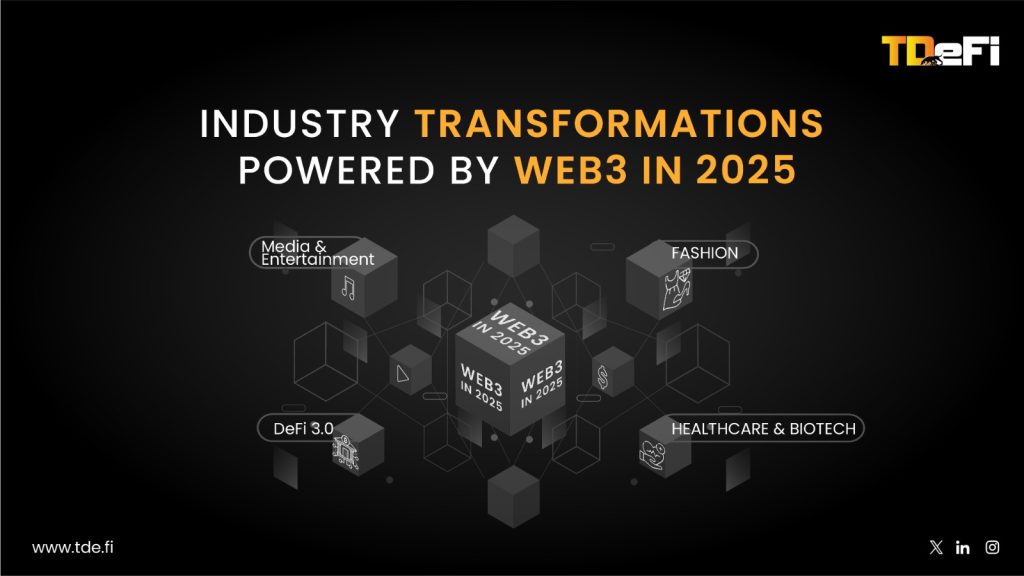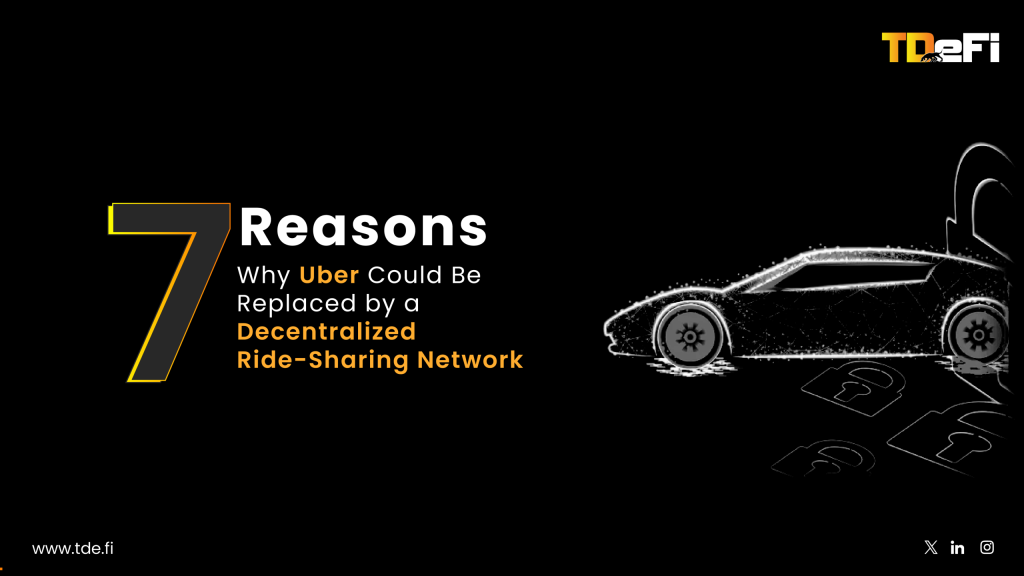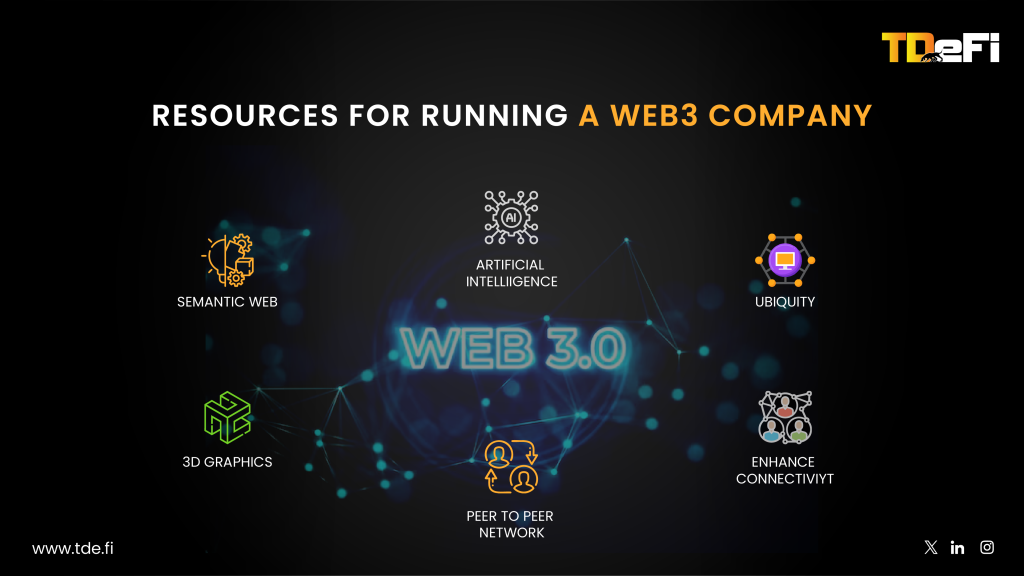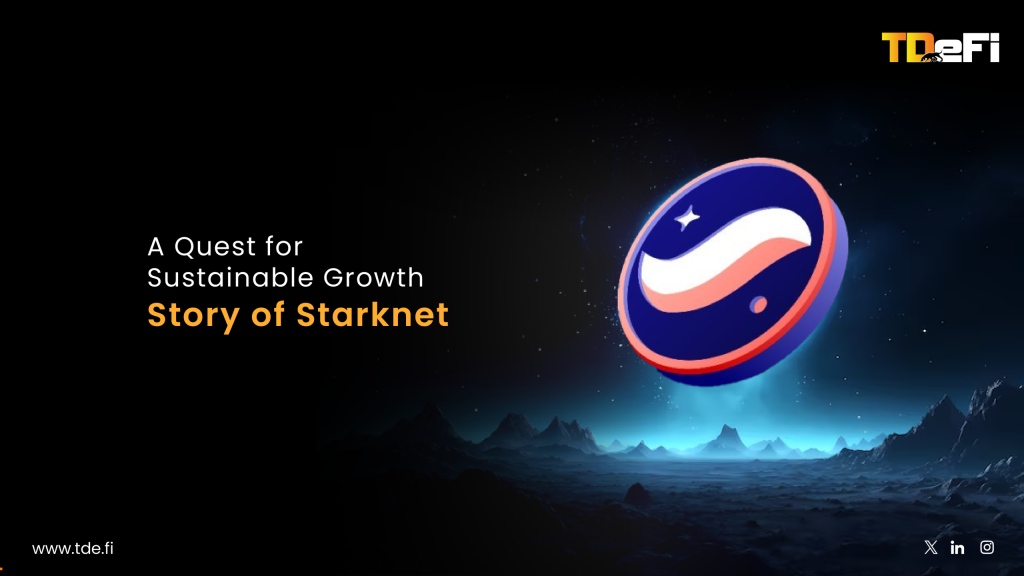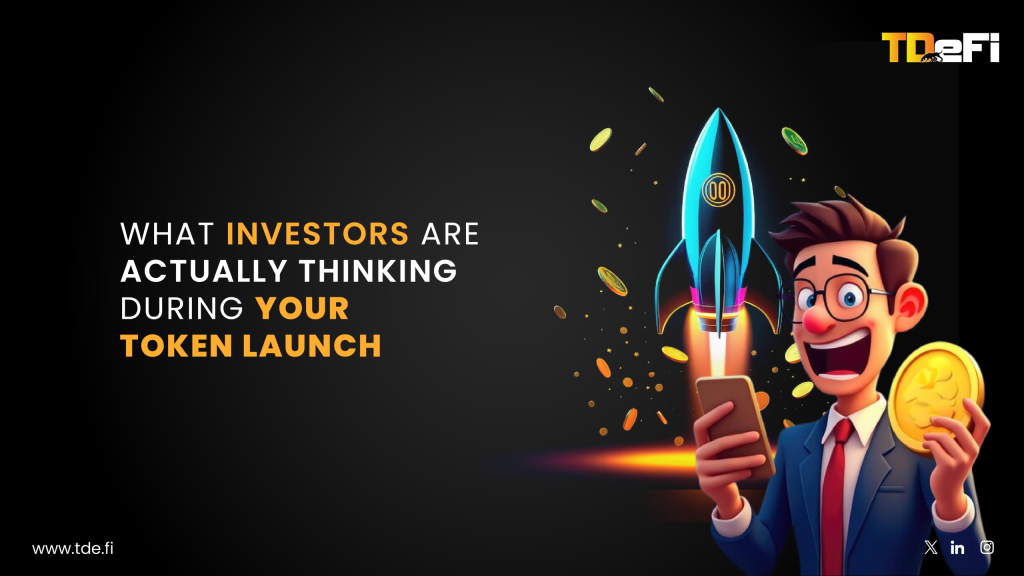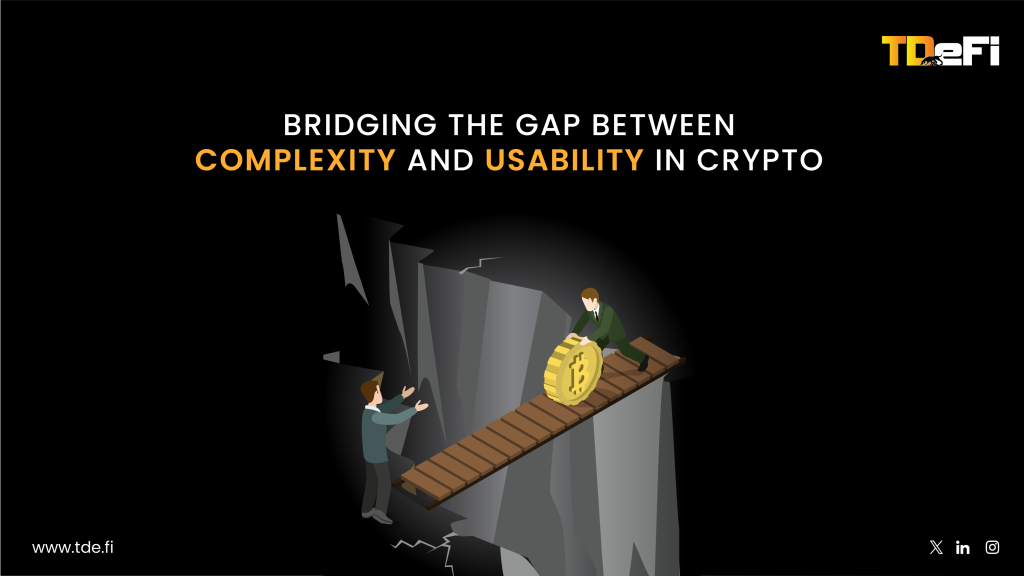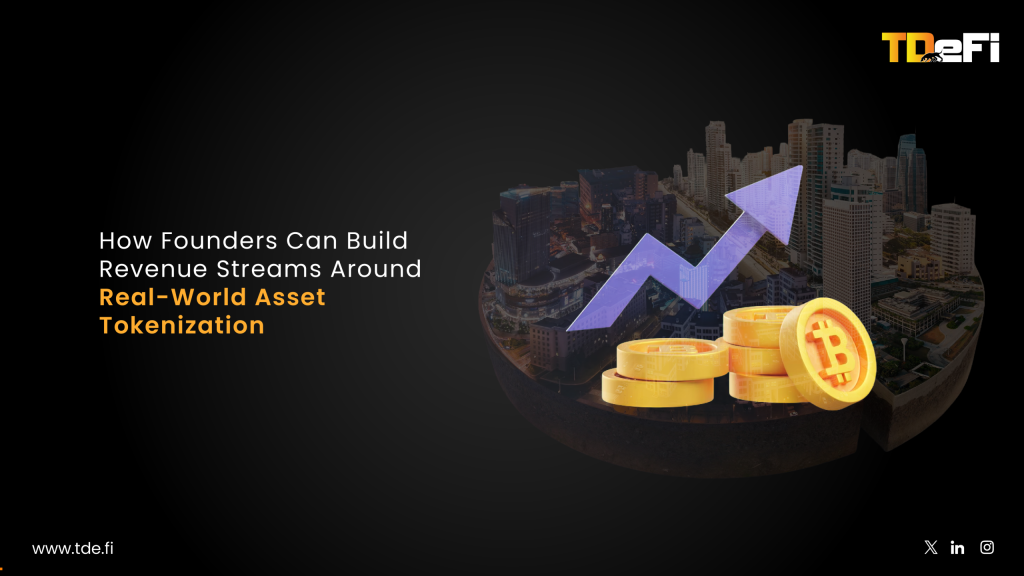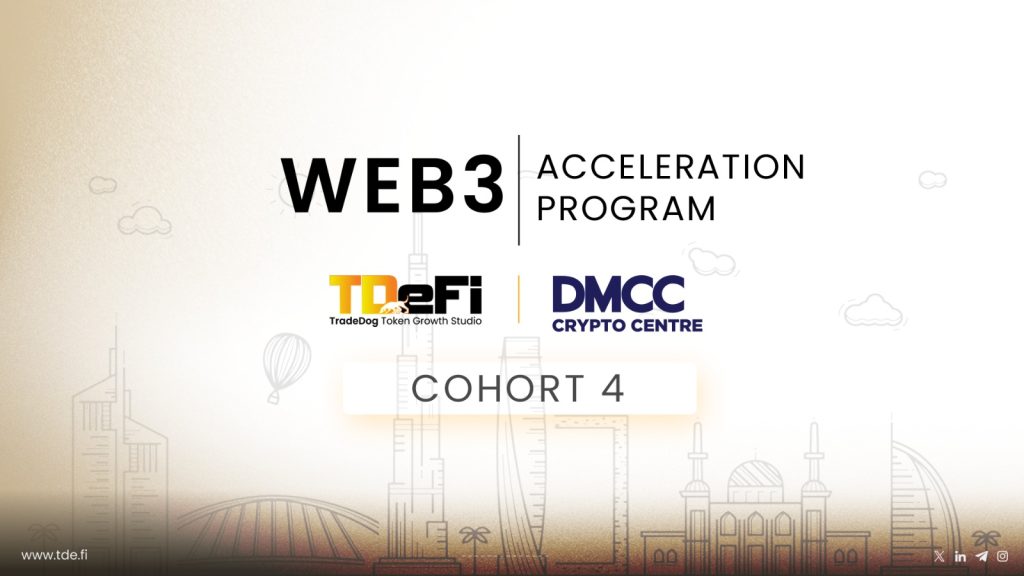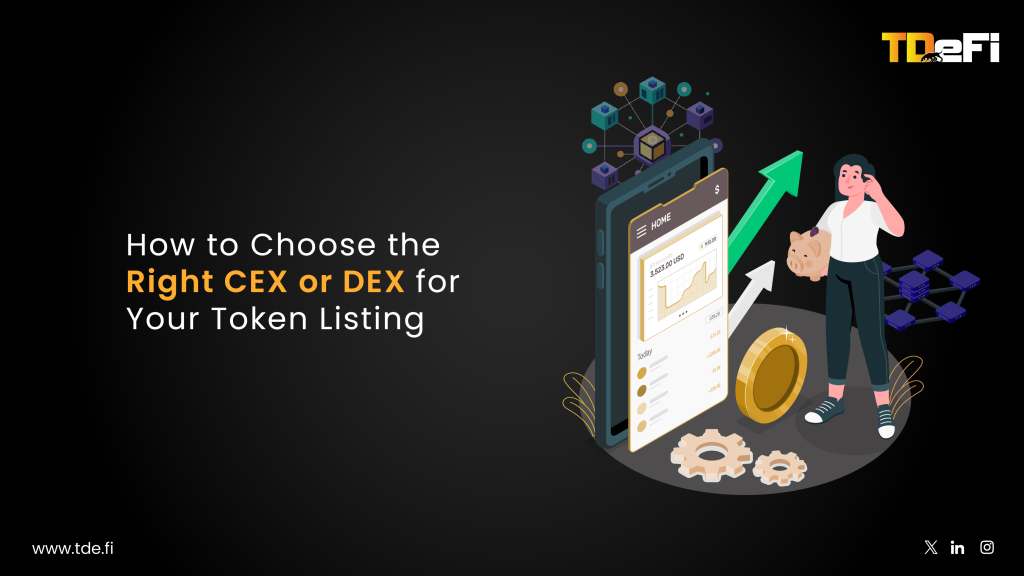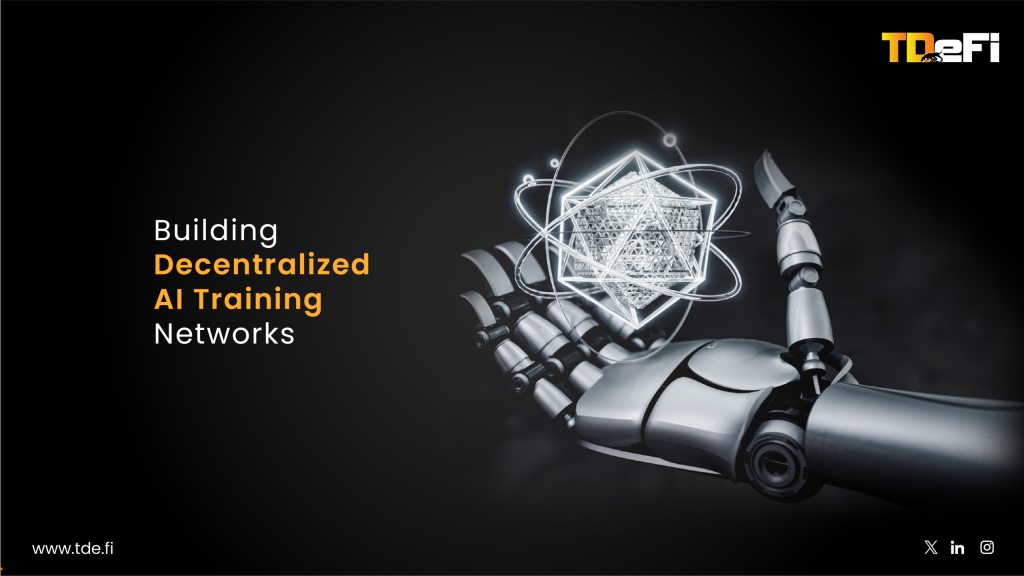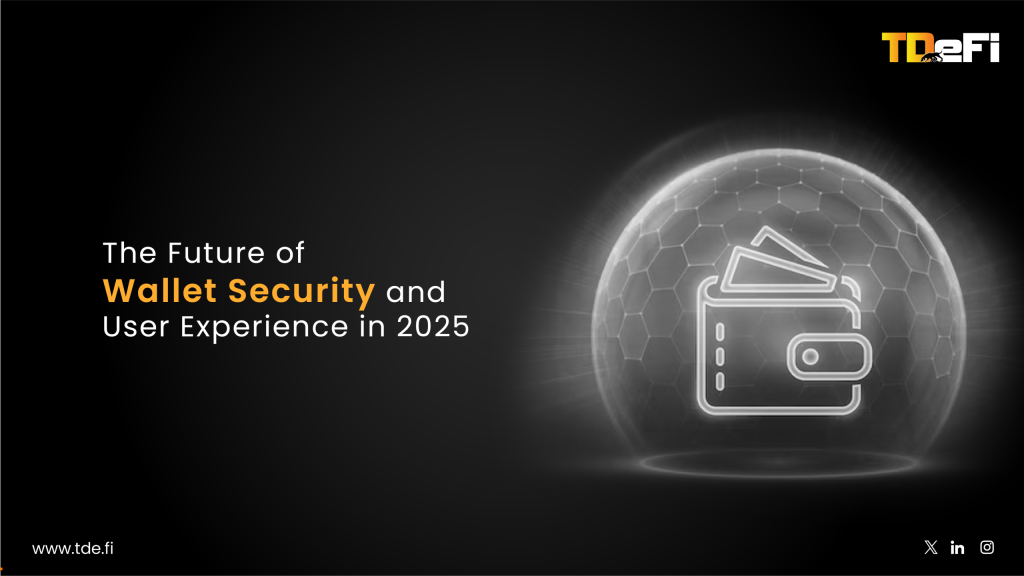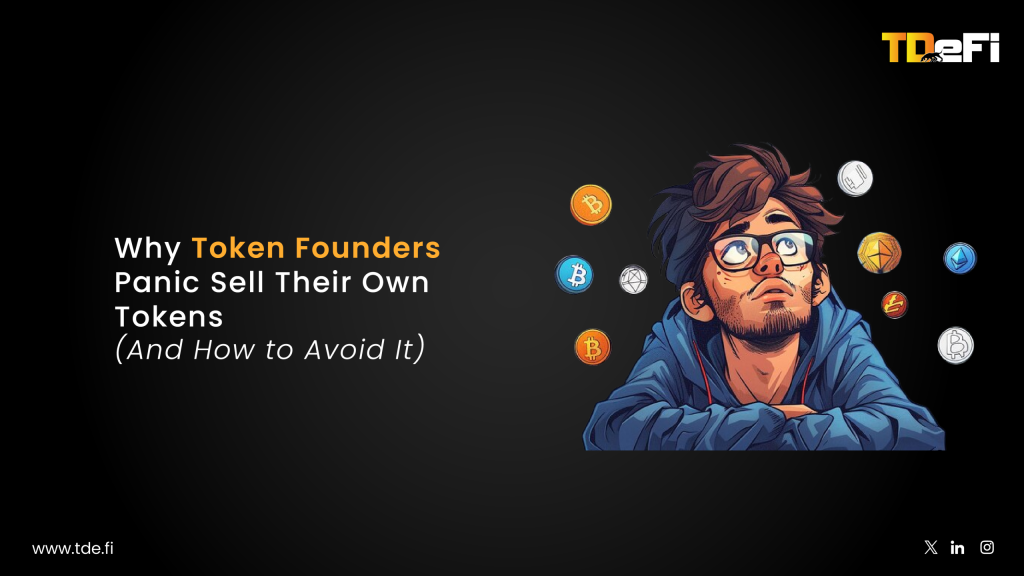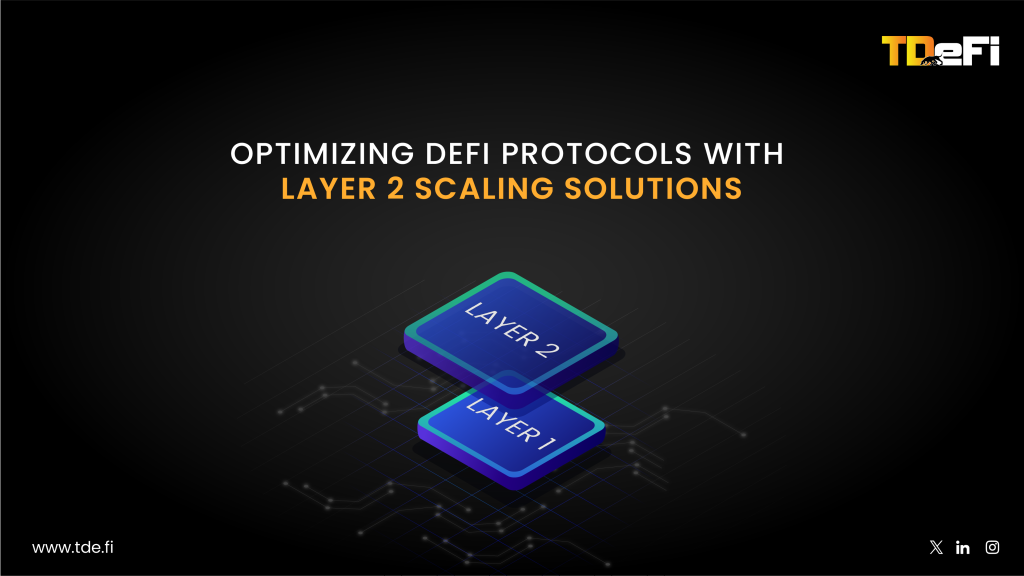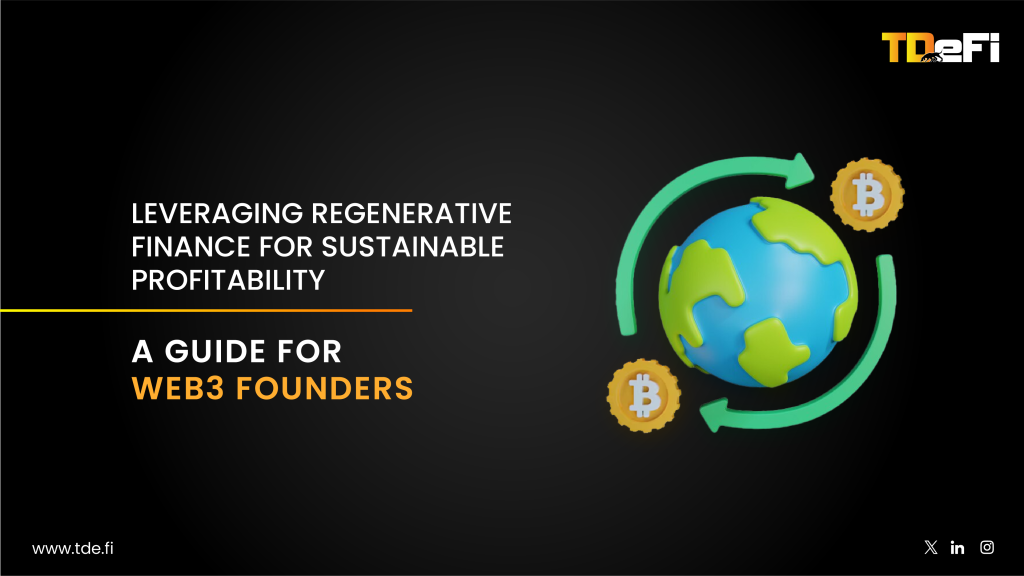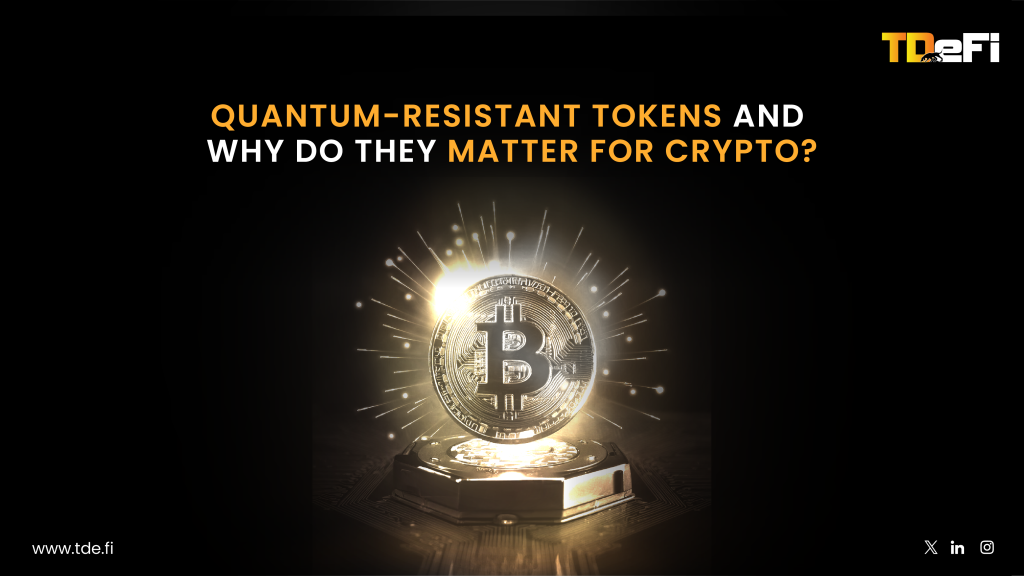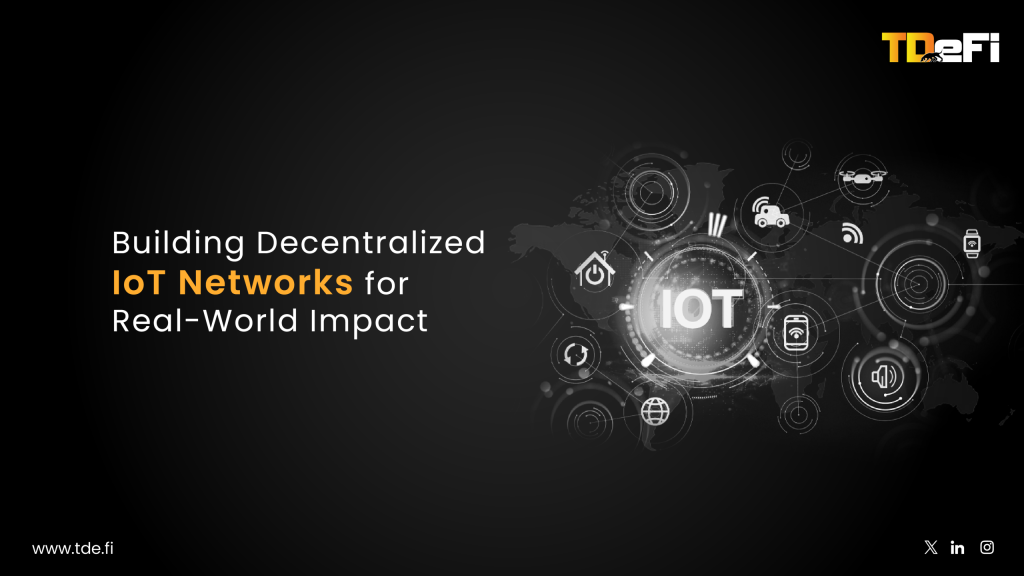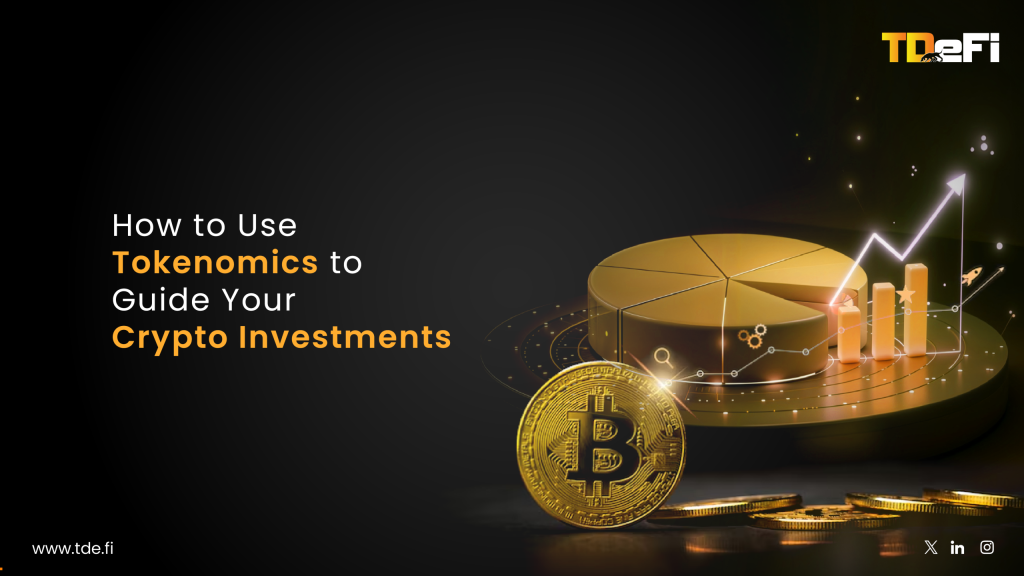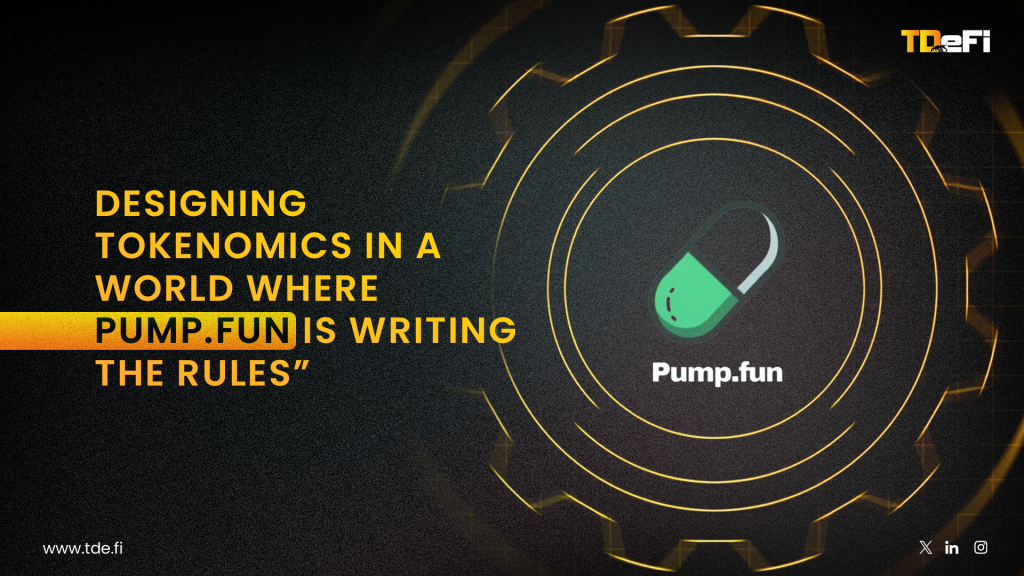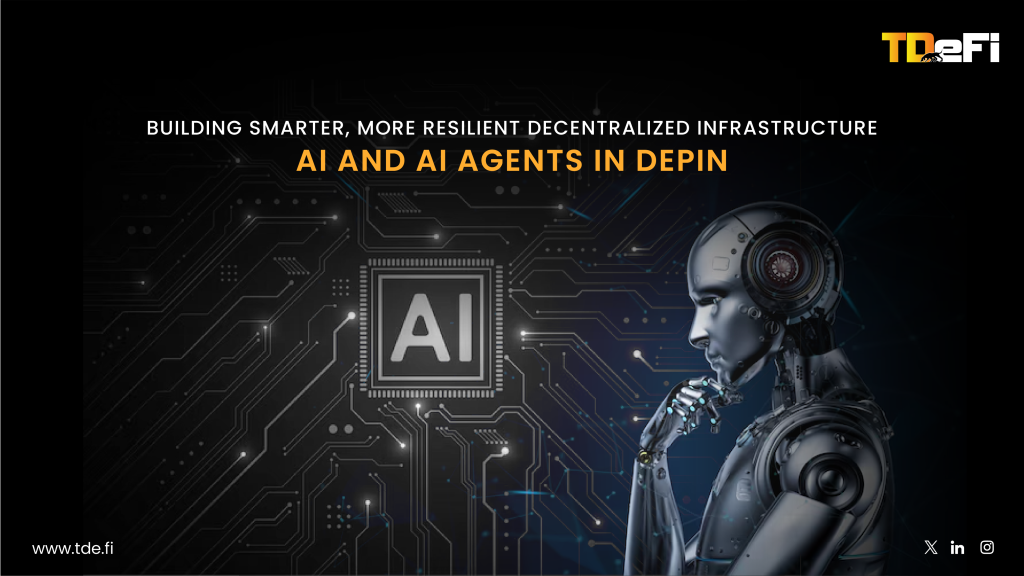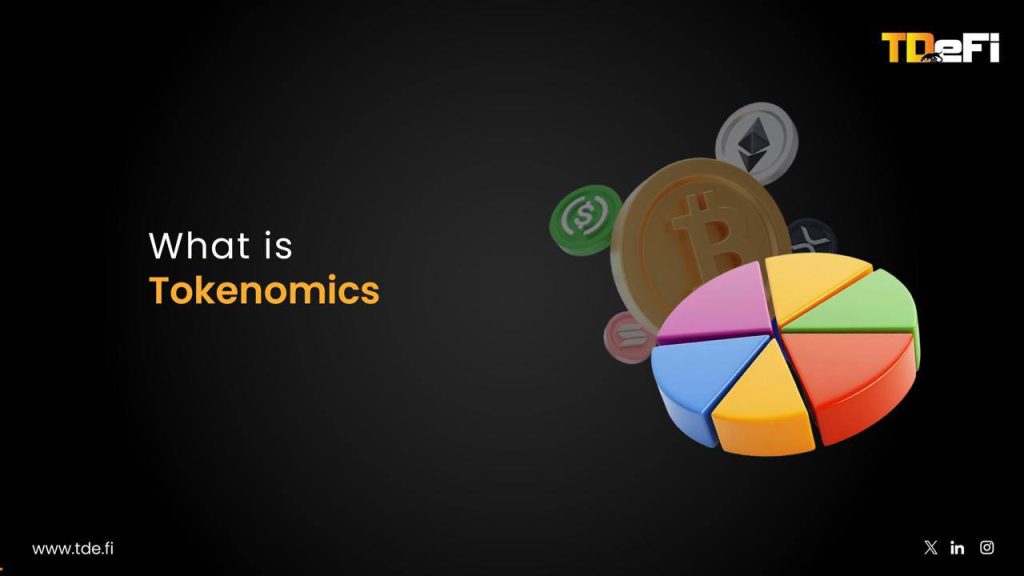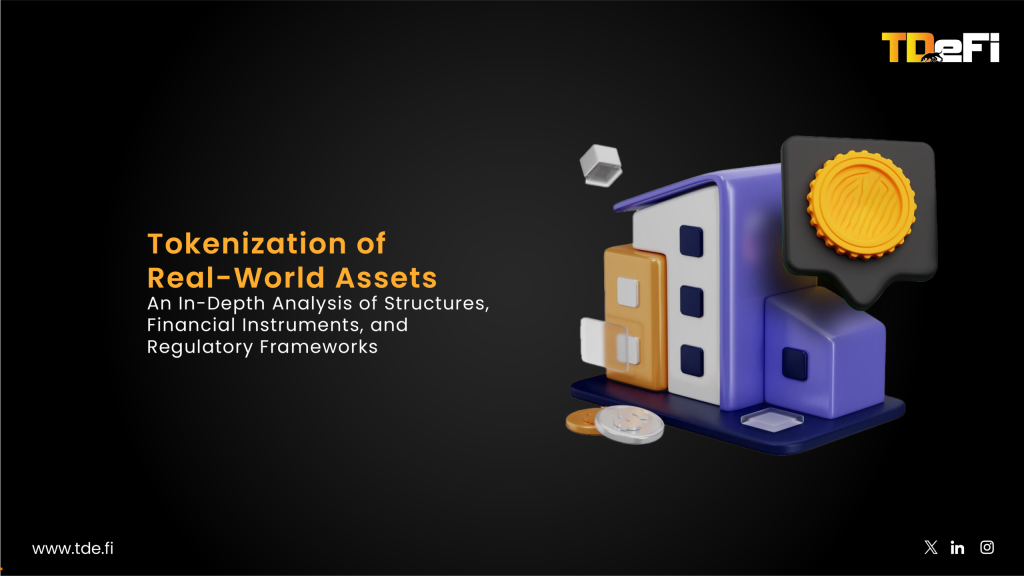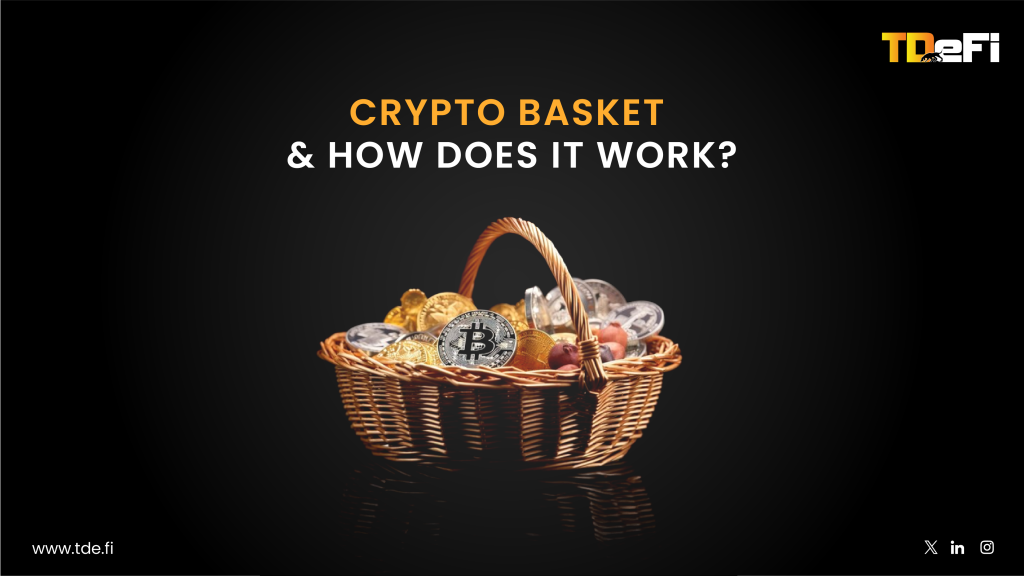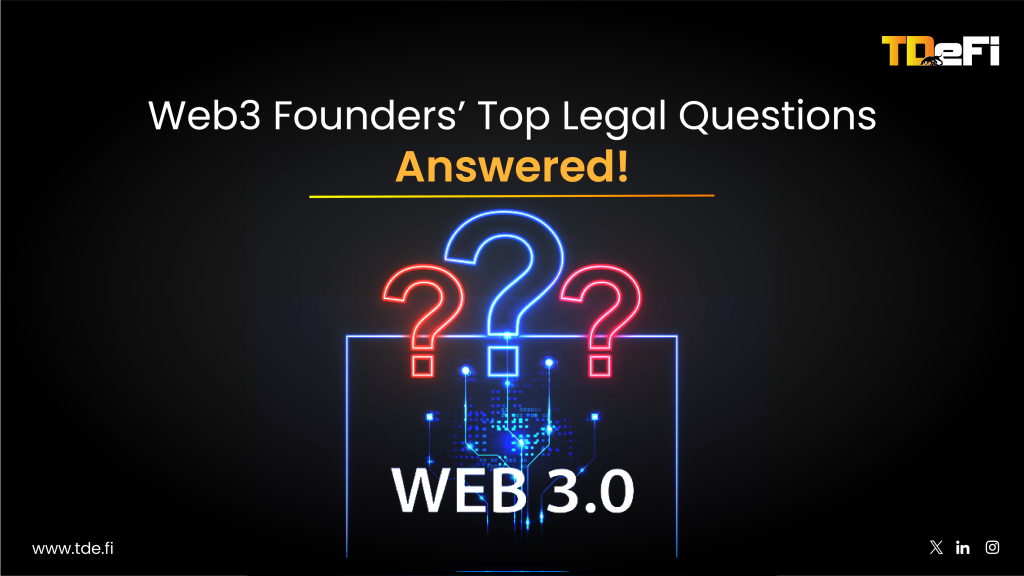TL;DR
Betting on one chain is a rookie mistake. The real Web3 power moves are in building ecosystems that make all chains work for you. The defining founders of this cycle will be those who seamlessly connect liquidity, governance, and automation across networks, transforming perceived fragmentation into their competitive super-power. And this blog gives you insights into building intelligent, adaptive networks that thrive across the entire blockchain arena.
Intro
Every technological wave starts with silos. The early internet was a network of disconnected enclaves; only when protocols like TCP/IP abstracted away the differences did the web go mainstream. Web3 is at the same crossroads. For years, we’ve built on single chains—Ethereum, Solana, Cosmos—each with their own culture, their own quirks, their own liquidity. But users don’t care about your chain. They care about what they can do.
The next era won’t be about picking a winner. It’ll be about building intelligent systems that treat all chains as a single, programmable fabric.
Why Web3 Projects Must Embrace Multi-Chain Ecosystems
Blockchain maximalism is dead. What remains is a complex web where Ethereum, Solana, Polygon, and Cosmos are less competitors and more interconnected power grids. For Web3 founders, this shift is the primary terrain where real market share will be won or lost.
1. Liquidity Expansion
Being multi-chain means tapping into multiple liquidity pools. A DeFi protocol on Ethereum alone limits its liquidity to Ethereum-native users. Expanding to chains like Arbitrum, BNB Chain, or Solana opens doors to new capital inflows and yield opportunities.
Greater liquidity means higher Total Value Locked (TVL), which boosts protocol credibility and attracts more users and institutional investors.
2. User Acquisition and Retention
Expanding across chains allows you to onboard users from multiple ecosystems without forcing them to migrate. Different chains attract different user demographics:
- Ethereum: Home to DeFi power users, NFT collectors, and institutional capital.
- Solana: Fast and cheap, favored by NFT communities and retail traders.
- Polygon: The gateway for Web2 companies entering Web3.
- Cosmos and Polkadot: Appeal to projects building custom app chains with cross-chain interoperability baked in.
3. Resilience and Risk Mitigation
In Web3, downtime is death. Betting your entire project on a single chain leaves you vulnerable to its inevitable pain points. Imagine your dApp’s UX crippled by Ethereum’s peak-hour gas fees, or transactions frozen during a Solana outage. A multi-chain framework is your contingency plan, ensuring continuous user access and mitigating existential network risks.
4. Composability and Interoperability
With the maturity of cross-chain messaging protocols (like LayerZero, Axelar, Wormhole), your project gains the ability to seamlessly move assets, share data, and trigger smart contracts across multiple networks. This fundamentally transforms your project from a standalone dApp into an integral, expanding part of the wider Web3 economy, opening up unprecedented avenues for growth and competitive advantage.
How Web3 Founders Can Build Intelligent Multi-Chain Ecosystems
1. Architect for Interoperability from the Start
The most successful founders don’t treat interoperability as a patch. Rather, they design for it from day one. This means building on secure, composable protocols that minimize risk and maximize flexibility, so your app can evolve as new chains and standards emerge.
Axelar’s General Message Passing (GMP): Uniswap’s multi-chain deployments use Axelar’s GMP to securely push governance and protocol updates across Ethereum, Polygon, and Cosmos. Axelar’s 75+ validator set and cryptoeconomic guarantees make it a backbone for programmable cross-chain logic.
Chainlink CCIP: Synthetix and Aave now use Chainlink’s Cross-Chain Interoperability Protocol (CCIP) for cross-chain lending and synthetic assets, with decentralized oracles as the security layer.
Cosmos IBC: Cosmos’ Inter-Blockchain Communication protocol lets appchains like Osmosis and Injective compose liquidity and logic natively, not just via wrapped assets.
2. Aggregate Liquidity and User Experience
In a world of isolated chains, liquidity is oxygen. The best teams treat liquidity as a global resource, not a local moat—abstracting away complexity so users don’t have to think about bridges, wallets, or chains.
Symbiosis Finance: Supports 30+ chains, offering unified swaps for 430+ pairs with MPC-based security. Its DEX routing optimizes gas fees and delivers seamless swaps, even across non-EVM chains like Bitcoin.
Portal (Wormhole): Expanded to Sui, Aptos, and Cosmos in 2025, enabling sub-cent NFT and asset transfers across chains, powering seamless gaming and DeFi UX.
MetaMask & Trust Wallet: Now multi-chain by default, letting users manage assets and sign transactions across 50+ chains in one interface.
3. Build Modular, Vertical-Specific Architectures
The most resilient ecosystems are modular, not monolithic. Founders who win use the right chain for the right job, deploy app-specific chains, and aren’t afraid to swap out components as tech evolves.
Stabull Finance: Specializes in non-USD stablecoins (EUR, NZD) and tokenized RWAs (like gold), leveraging oracles and cross-chain rails to offer EUR<>DAI swaps and gold-backed tokens on Ethereum, Polygon, and Base. Their April 2025 Base launch made stablecoin swaps accessible to new user segments.
Immutable zkEVM: Hosts AAA games on Polygon, but assets are portable to Ethereum and Solana via Axelar, enabling true cross-game economies.
Provenance: Cosmos-based and interoperable with private Hyperledger networks, powering institutional RWA issuance and making it possible to tokenize assets for banks and funds .
4. Embed AI-Driven Automation and Self-Orchestration
The next leap is about making ecosystems self-orchestrating. The best founders are embedding AI agents that automate everything from liquidity rebalancing to compliance, so the system evolves and heals itself in real time.
Fetch.ai & Olas Network: Deploy AI agents that rebalance portfolios, optimize yield, and execute cross-chain trades 24/7, learning from on-chain data and adapting to market conditions.
Polygon Miden: Uses zk-proofs and AI-driven compliance modules for privacy, KYC/AML, and regulatory reporting across chains.
5. Engineer for Security and Resilience, Not Just Speed
Multi-chain means multiplied risk. Founders know security isn’t a box to tick, but an ongoing process. They design for failure, distribute risk, and treat audits as continuous, not one-off.
ZK-proofs (Polygon zkEVM), light clients (Cosmos IBC), and decentralized oracles (Chainlink): These are now table stakes for cross-chain verification.
Continuous audits: Projects like Stabull Finance and Symbiosis engage OpenZeppelin and Spearbit for ongoing audits, with circuit breakers and on-chain pause functions to halt suspicious activity instantly.
Diversify operations: Distribute workloads across chains to avoid single points of failure—if Solana goes down, your protocol stays live on Polygon or Base.
6. Treat Partnerships and Ecosystem Integrations as Distribution
In Web3, distribution isn’t just about marketing—it’s about integrations. The fastest-growing protocols are those that plug directly into the liquidity, users, and incentives of other leading projects.
Uniswap: Expanded to multiple chains by rigorously evaluating bridge protocols (Axelar, Wormhole) and co-building with ecosystem partners.
Zeebu: Built a telecom payment ecosystem on Ethereum, BSC, and Base, settling invoices instantly across chains and reducing business payment cycles from weeks to seconds.
Closing Thought
The future isn’t single-chain or even multi-chain—it’s network-native. Build for that.
The next generation of Web3 leaders won’t be those who simply go multi-chain, but the ones who orchestrate intelligent, AI-driven, modular ecosystems where users, liquidity, and data flow seamlessly across protocols and verticals.
At TDeFi, we help Web3 founders architect the connective tissue of the next internet. If you’re ready to build an ecosystem that’s as intelligent as it is interoperable, and as resilient as it is scalable, connect with us today!





